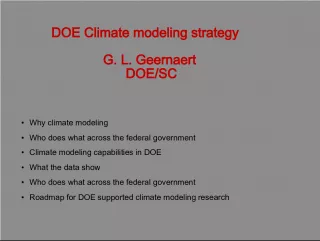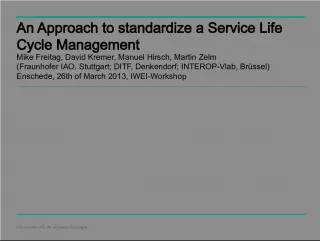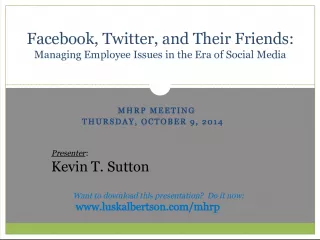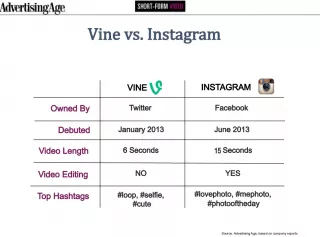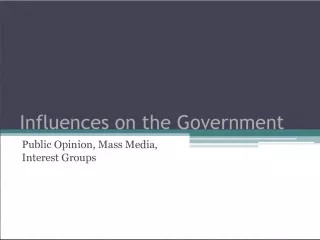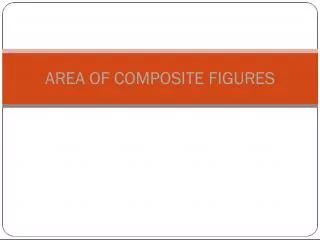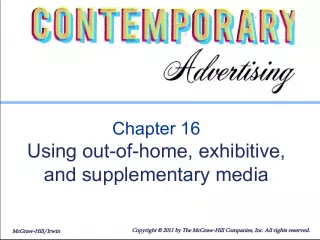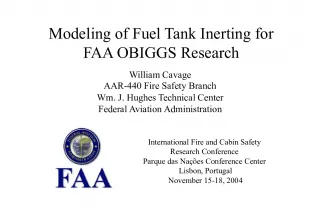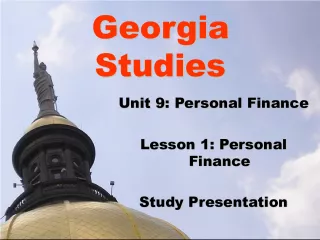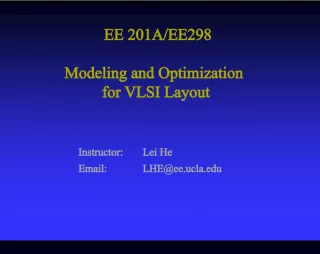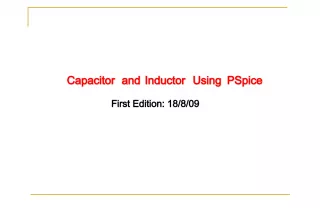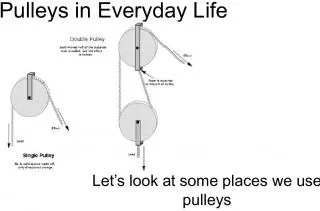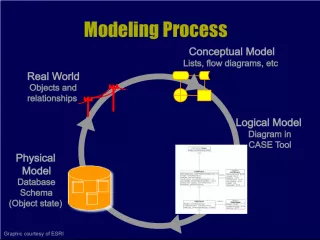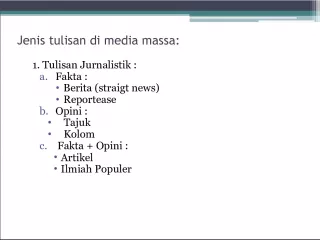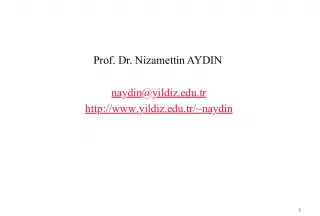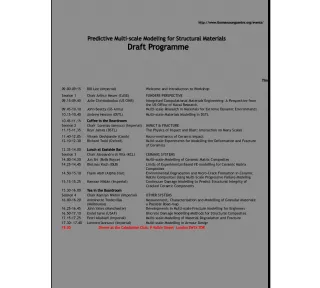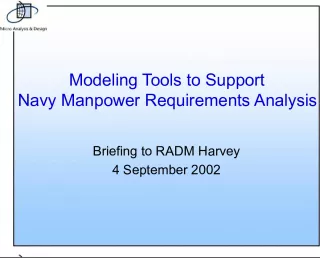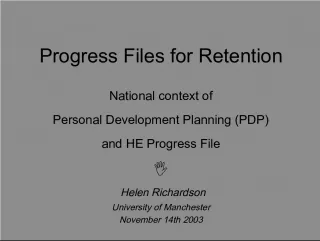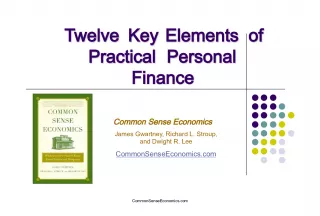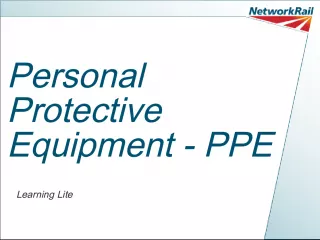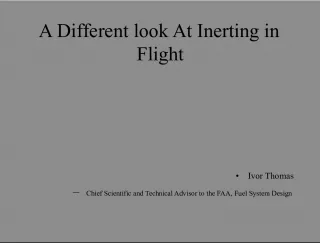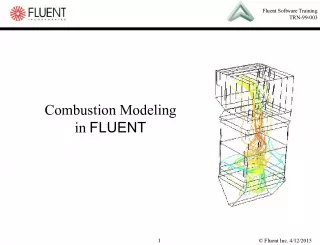A Stepwise Modeling Approach for Personal Media Semantics
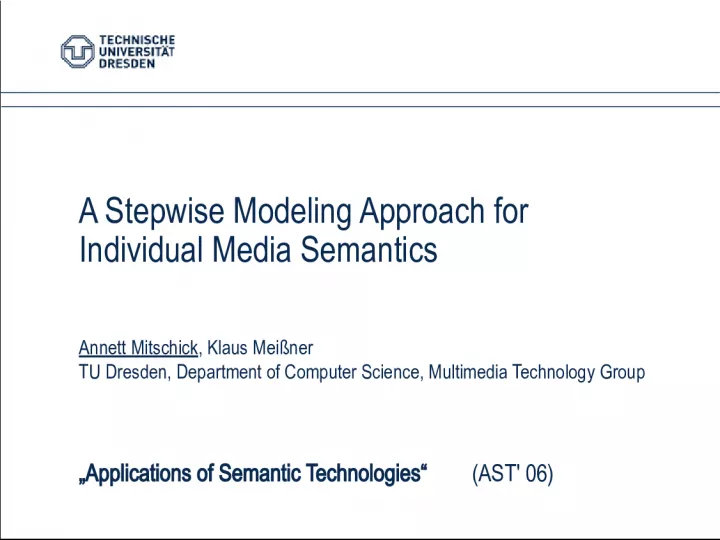

This paper presents an automated approach for generating essential semantic descriptions from existing metadata to ease personal media annotation work. The approach is implemented in a system architecture and evaluated.
- Uploaded on | 1 Views
-
 halsey
halsey
About A Stepwise Modeling Approach for Personal Media Semantics
PowerPoint presentation about 'A Stepwise Modeling Approach for Personal Media Semantics'. This presentation describes the topic on This paper presents an automated approach for generating essential semantic descriptions from existing metadata to ease personal media annotation work. The approach is implemented in a system architecture and evaluated.. The key topics included in this slideshow are individual media semantics, personal media management, semantic technologies, metadata, automated modeling,. Download this presentation absolutely free.
Presentation Transcript
1. A Stepwise Modeling Approach for Individual Media Semantics Annett Mitschick , Klaus Meiner TU Dresden, Department of Computer Science, Multimedia Technology Group Applications of Semantic Technologies (AST' 06)
2. 06.10.2006 AST 2006 2 Outline Introduction Approach: - Semantics for Personal Media Management - Information Instantiation and Integration - Implemented System Architecture Conclusion and Future Work
3. 06.10.2006 AST 2006 3 Introduction Media Management @ Home: - Growing amount of digital assets (text, images, video, audio) complex, high-dimensional - User: non-/semi-professional individual conceptualizations usually minimum efforts to annotate/organize - Tools mostly apply administrative (objective) metadata vs. user interpretation/conceptualization Goal: automated modeling of essential semantic descriptions from existing metadata to ease annotation work
4. 06.10.2006 AST 2006 4 Introduction Solutions: - Automated feature extraction and indexing techniques to manage complexity of huge multimedia collections low-level features S imilarity-based Search (Query-by-Example, etc.) higher-level features Pattern Recognition/Classification (objects, people, genres, etc.) requires prototype features (user context, user feedback) Semantic Gap - Media descriptions based on common metadata standards to enable interoperability & comparability MPEG-7 Multimedia Description Schema RDF/OWL representation for semantic modeling - Semantic Desktop Personal Information Management based on Semantic Web Technologies
5. 06.10.2006 AST 2006 5 Approach :: Semantics for Personal Media Management Knowledge representation - Allow description of background-knowledge (context information like events, activities, actors, locations, etc.) - Allow integration of domain models and individual extensions (e.g. integration of MPEG-7 MDS, FOAF for description of people, etc.) - Manageable, straightforward for non-professionals ABC [Hunter, et al.] - facilitate interoperability between metadata ontologies , conceptual basis for automated mapping , guidance to communities - Base classes to attach domain-specific entities MPEG-7 MDS - Temporal semantics and related actualities ( who, what, when, where ) evolution/transition of objects
6. 06.10.2006 AST 2006 6 Approach :: Semantics for Personal Media Management Acquisition of as much information as possible from content + context - File information, administrative metadata, structural features, etc. Information sources depend on application context - naming, availability/accessibility, semantics, etc. of features/attributes e.g. Date Time Original/Date Created/, Creator/Author/, etc. - properties might be relevant, or redundant in some context e.g. EXIF:ExposureTime and EXIF:ShutterSpeedValue
7. 06.10.2006 AST 2006 7 First step: - Apply sets of mapping rules to construct media-centric description (MDS) - Mapping rules expandable regarding supported metadata schemes ( developer) Approach :: Information Instantiation and Integration Make=FUJIFILM Model=FinePix F601 [(urn:Exif:Make rdf:value ?j) (urn:Exif:Model rdf:value ?k) (urn:Filepath rdf:value ?l) hashCode(?l, ?t) makeTemp(?x) -> (?t mds:creationTool ?x) (?x mds:make ?j) (?x mds:model ?k) (?x rdf:type mds:Device)]
8. 06.10.2006 AST 2006 8 Approach :: Information Instantiation and Integration Next steps: - Apply derivation rules (schema level) to establish relationships to actualities and temporalities ( developer, user) - Apply classification rules (instance level) to refine description model regarding known pattern ( user)
9. 06.10.2006 AST 2006 9 Approach :: Implemented System Architecture Design rationale: - Automated import and indexing of media items triggered by file system actions - Registry of media type specific analyzing components providing metadata and feature extraction - Processing of semantics and ontology model wrapped by generic model API independent from RDF/OWL storage and querying solution (Jena, Sesame, ) - Extensible, flexible service architecture plug-in based setup, extension at run-time ( OSGi service platform)
10. 06.10.2006 AST 2006 10 Conclusion and Future Work Our approach: - Part of the K-IMM (Knowledge through Intelligent Media Management) project managing private media collections with the help of semantic technologies - Stepwise modeling of resource descriptions to separate distinct problems of construction of media semantics Building objective media descriptions from various sources Deriving subjective, user-oriented semantics Future Work: - Strategies to extend and refine basic rule sets by means of user feedback, context capture - Distribution of modeling steps (Web Services/Agents) - Detailed, comprehensive evaluation
11. 06.10.2006 AST 2006 11 Thank you for your attention! Annett Mitschick annett.mitschick@inf.tu-dresden.de Multimedia Technology Group, Department of Computer Science, TU Dresden http://www-mmt.inf.tu-dresden.de
